Robotics Solutions Guide
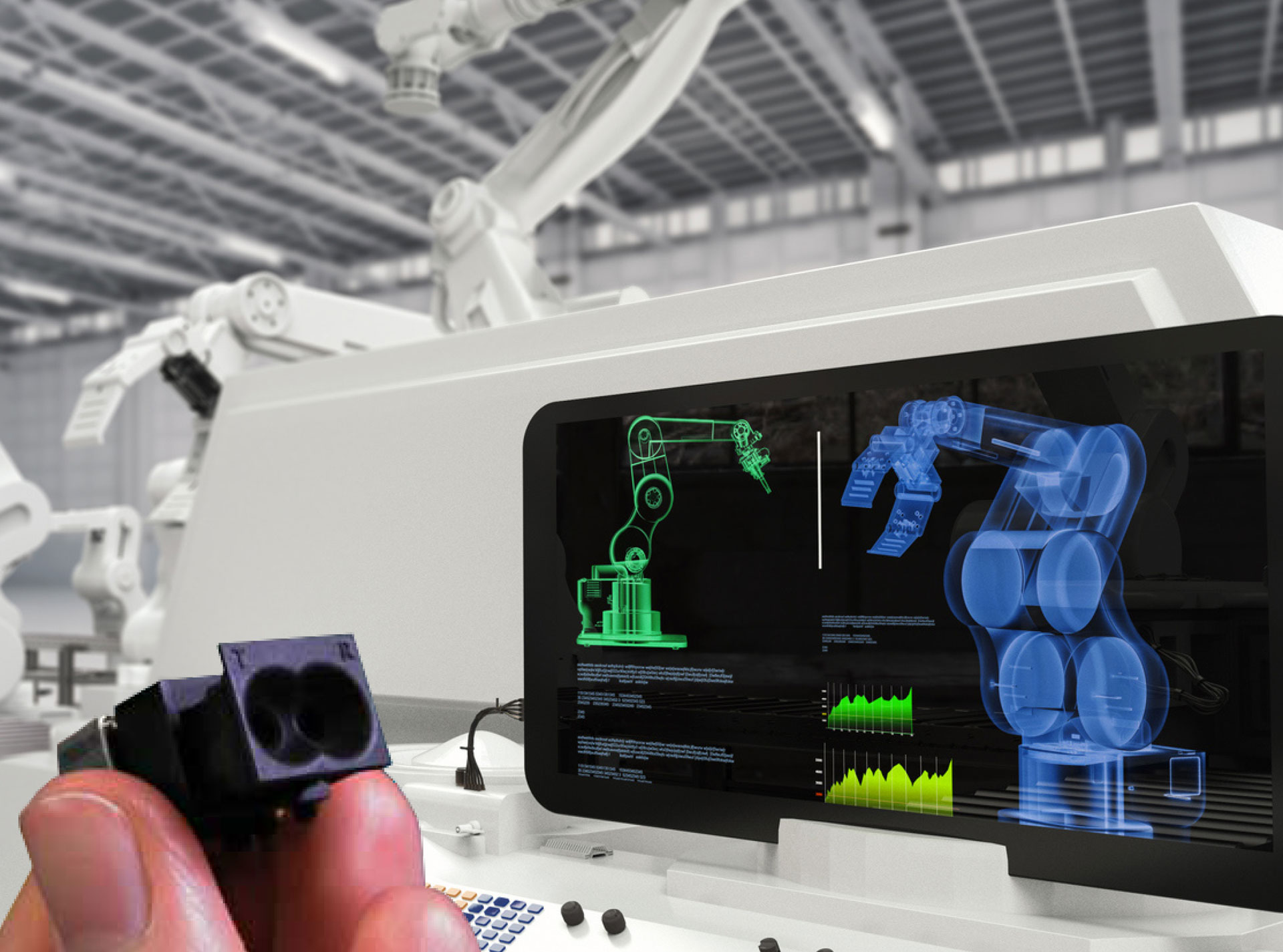
Astechnology innovation exponentially growsand movesbeyond the traditional manufacturing industriesespecially automotive and electronics, the need for more reliable, flexible and fast automation systems increases. Significant installed base growth hasled to a boom in new demand for industrial Robots.
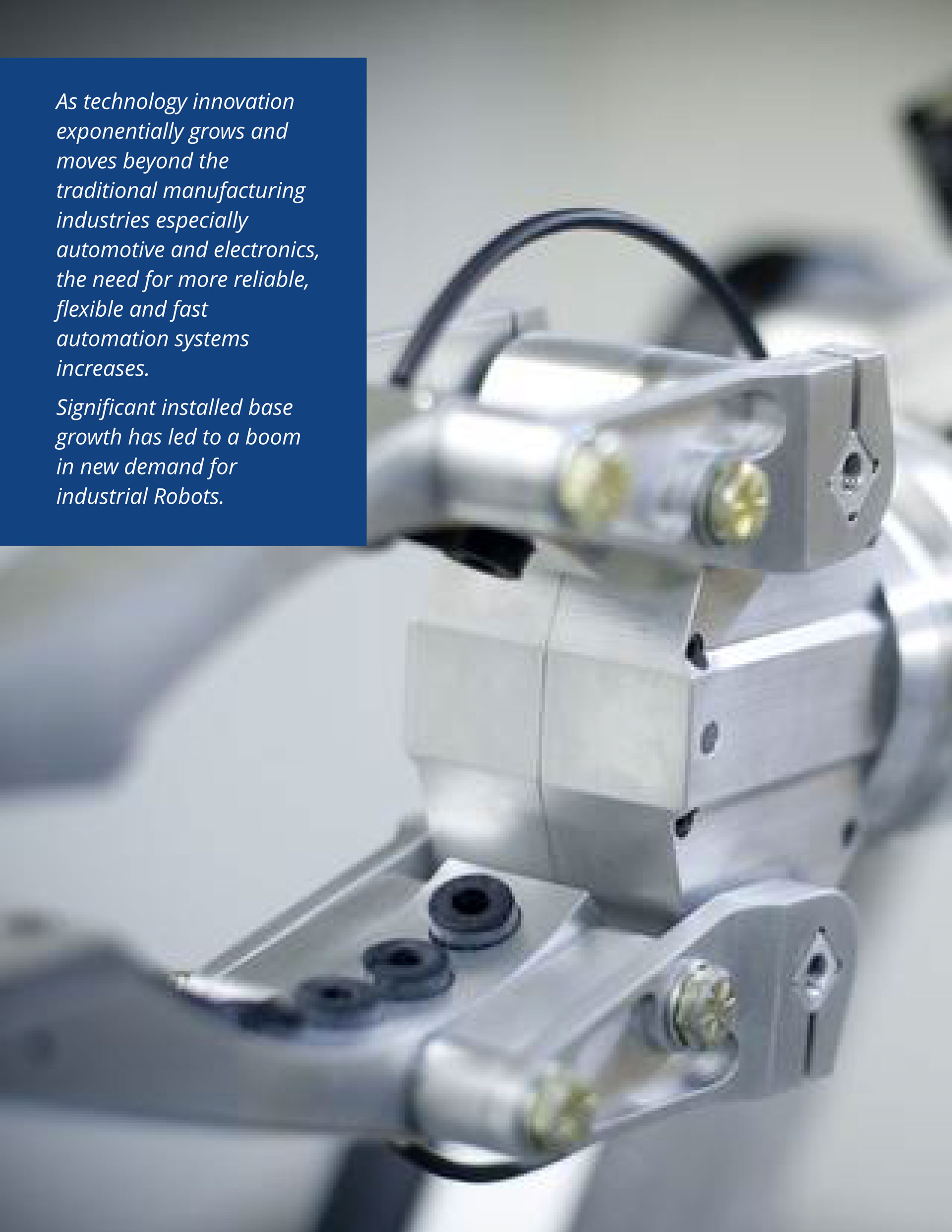
Collaborative Robotics
Until recently, human operators have been separated from large industrial robots due to safety concerns. Industrial robots are often working in caged work cells.
Collaborative robots have the ability to work safely, side by side with humans in small work cells. These small, flexible robots are ideal for small to medium manufacturing businesses where the costs associated traditional robotics was too high .
Traditional robotic systems require advance programming expertise to instruct the robot for the task while Collaborative robots are increasingly being programmed by ?hands on learning?of the required task.
The user-operator places the robot into program mode and physically moves the robotic arm and attachment through desired task. The robot is programmed and can share its program with additional robots.
Companies are finding innovative ways to integrate them into their manufacturing process. They take over the dull, repetitive tasks allowing the human operators work on other jobs.
These robots are often much smaller than industrial robots, allowing them to be semi-mobile and easily re-tasked. It is common for these collaborative robots to be totally internally wired. This creates difficulties in routing high-speed control networks through their many moving joints.
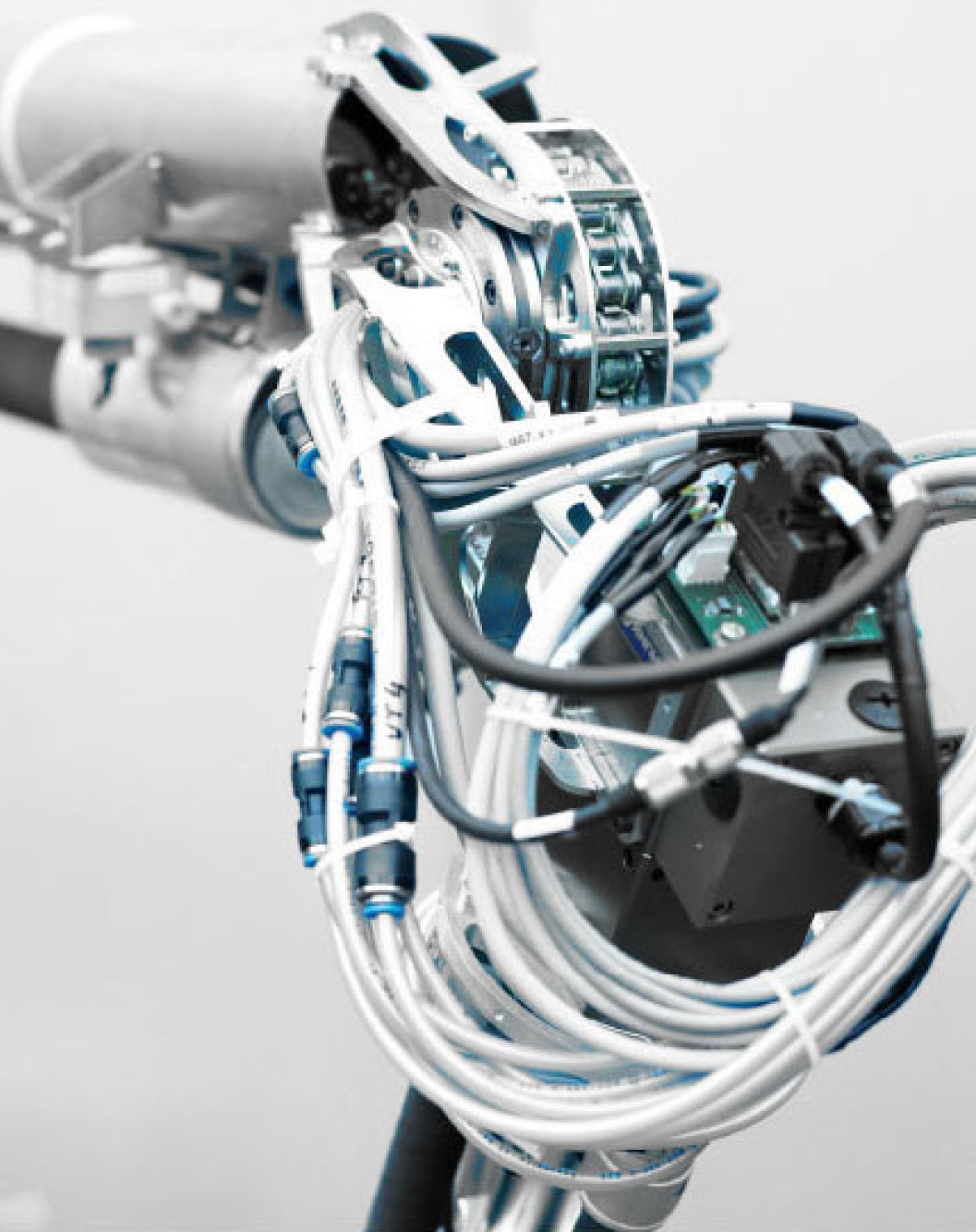
Robot Control Robotic applications require very precise, accurate motion control. Each joint is controlled by a tight servo mechanism, making use of optical encoders, force feedback, and collision detection. This is especially the case for collaborative robots. Each robot is controlled by its own, high performance, dedicated controller. This controller is often an industrial PC. Traditionally, each robot works independently from other robots on the factory floor. Recently, there has been an emphasis on multiple robots, working together in the same work cell.

Industrial Robot Communication Infrastruct ure Communication protocols in robotics are based on common industrial protocols (CIP), often called Fieldbus; Et hernet /IP, Et herCAT, DeviceNet , PROFINET, Modbus-TCP and CANOpen. Typically, these protocols are either based on serial cables (RS232, RS422, RS485, CAN) with an industrial protocol on top or, more recently, Ethernet TCP/IP. The serial based protocols tend to be low bandwidth, low data rates, typically less than 1 Mbps and are used to send commands to the motor control boards. More recent, Et hernet-based prot ocols run at Ethernet speeds (125 Mbps). While having many advantages, this provides many challenges when designing and integrating the robot control wiring.

Cabling
Industrial robots are highly dynamic. They need to be able to move in multiple axes through potentially millions of cycles.
Often the robot control bus is routed through the inner workings of the robot and its joints. This results in data running close to noise sources such as motors and power cables and through highly mobile joints.
When selecting the communication bus and power cabling, much care must be taken that the correct physical medium is selected. These cables are repeatedly subjected to bending, Twisting and sliding and need to be robust enough to deal with the mechanical stress but also flexible enough to allow the motion of the robot.
For Ethernet applications, high-flex shielded CAT5 cable can be used, but it is expensive, large and must be shielded. High flex CAT5 cable is often only rated to 1 to 2 million torsion cycles at 180o per meter.
Firecomms' Cable & Connector products complete the offering by providing the flexibility to choose exactly the right cable solutions fitting to meet the installation requirements.
Firecomms provides pre-terminated cable assemblies or all the components needed to self-assemble the cable.
"For Ethernet applications, high-flex shielded copper cable can be used, but it is expensive, large and must be shielded.
Customers have tested standard 2.2mm POF for torsional reliability and surpassed 25 million cycles without measurable degradation in performance. Copper options failed in less than half that time. For example, high flex CAT5 cable is often only rated to 1 to 2 million torsion cycles at 180 o per meter."
Field ApplicationsEngineering, Firecomms
Plastic Optical Fiber ideal for robotic applications
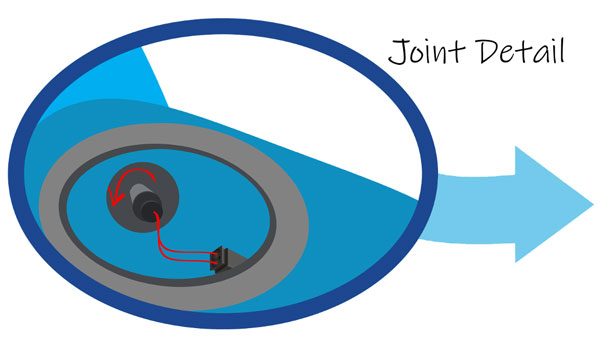
Plastic Optical Fiber (POF) is a type of fiber that uses a large 1 mm polymethylmethacrylate (PMMA) as the core material.
- Highest mechanical flexibility and durability
- DC to multi-Gigabit data rates over short distances
- Low cost
- Efficient to use:
- Small cable diameter (2.2 mm)
- Visible and eye safe red light transceivers
- Minimal termination requirements
- Simple, but proven interconnects(Industry standard: RedLink®, LC; Plugless: OptoLock® )
POF cables have diverse features that make them the best solution for Robotic Applications:
- Proven track record with the MOST automotive standard
- Durable, flexible light weight tested to > 25 million torsional and bending cycles
- Can be cut to length using a simple hand tool allowing for simple assembly

- Use of passive interconnects allow fibers to pass through bulkheads and ease disassembly
- EMI/RFI immunity, ideal for industrial harsh, noisy environments
- Galvanic isolation bet ween transmitter and receiver
- Bandwidth for Gigabit data rates
- Comes in 2.2 mm variant, increasing its flexibility and allowing routing through small spaces
- Can be combined into a hybrid power/data cable without EMI concerns
- Industrial temperature range of -40 to +85o C
Firecomms Solutions
Firecomms offers a number of transceiver devices suitable for robotic & cobotic applications.
- DC-1/5/10/50 MBd low speed, serial protocols for command-and-control applications
- 125 Mbps, 250 Mbps and Gigabit for higher speed data applications.
Transceivers are available from industry standard plug type connectors to simple, bare fiber, termination.
All Firecomms transceivers are EMI hardened and designed to be used and installed in harsh industrial environments.
OptoLock ®
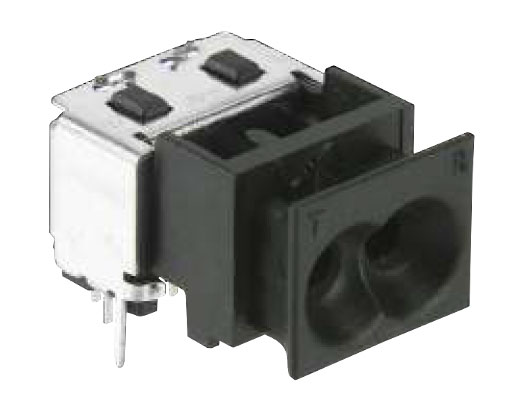
LC Transceivers
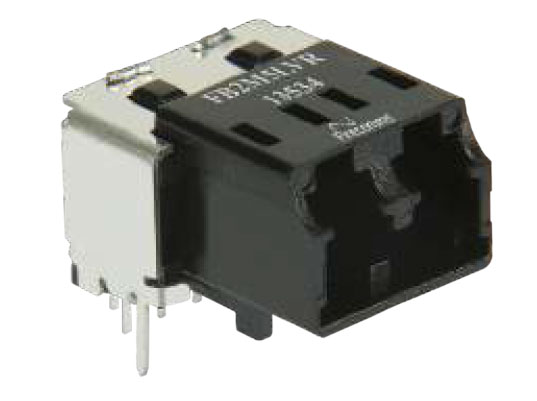
OptoLock® bulkhead adaptor
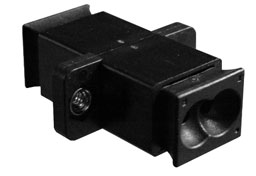

Firecomms POF Transceiver Families RedLink® is Firecomms? answer to fiber optic transmitters and receivers compatible with the widely available Versatile Link range of connectors. These devices are extensively used for communication or command and control links in various industrial applications. The RedLink® range are designed to operate at DC-1/5/10/50 MBd and 10-125/250 Mbps. Firecomms? LCterminated transceivers comply to the IEC standard 61754-20 Ed.2. The LC family expands the use of this popular form factor for use with POF. Transceivers are available at 10/125/250 data rates. OptoLock® plugless fiber optic transceivers provide instant termination of bare POF cables to greatly simplify field termination and reduce installation time. The patented design of OptoLock® enables the fiber to be cut to the exact required length on site or allows for practical prototyping and testing of fiber links. Transceivers are available at 10/125/250 data rates.





